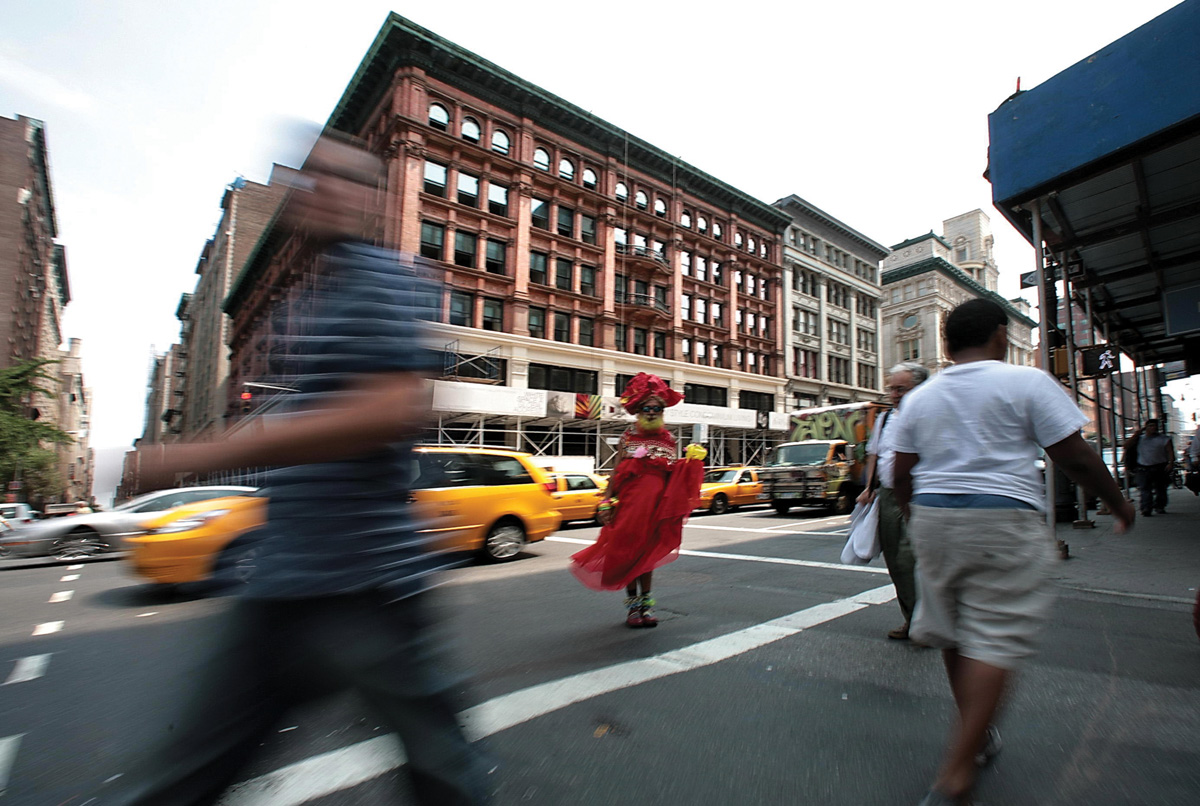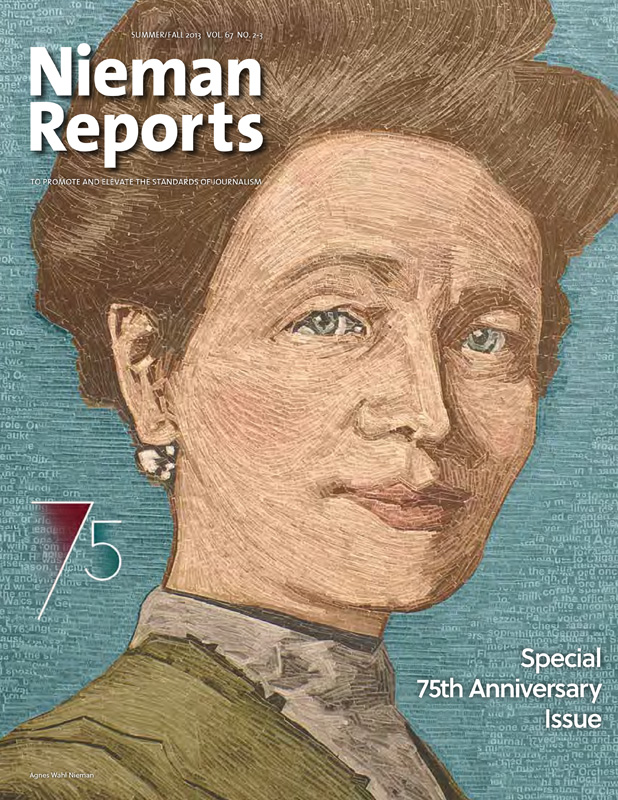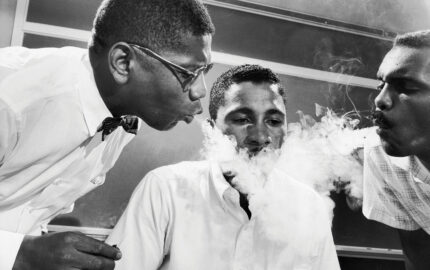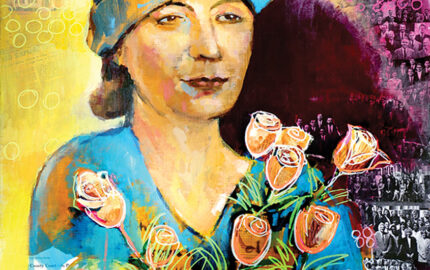Founding director of the Journalism Resources Institute at the Rutgers School of Communication and Information, Aumente trains journalists around the world
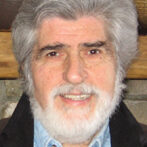
I arrived at Harvard University in 1967, emotionally and physically exhausted from a summer covering the Detroit civil disturbances and their aftermath as urban affairs writer for The Detroit News. My Nieman year deepened my knowledge of urban issues in a disciplined, multidimensional and scholarly way. It broadened my journalism, but was even more invaluable when I joined the faculty of Rutgers University, where I developed a new program in urban communications and community development.
Nieman was the ticket to all the best of Harvard. Daniel Patrick Moynihan invited me to join his Harvard-MIT Joint Center for Urban Studies; John Kenneth Galbraith found a place for me in his arts and economics seminar, which met one evening a week at his home. I reveled in courses in planning and urban design, race relations, education, government and policy at Harvard and MIT. My Nieman colleagues shared a wealth of experience, from the Deep South to South Africa.
Archibald MacLeish, the founding curator of the Nieman program, once told me that the impact of the Nieman Fellows at Harvard was comparable to his spring ritual of hammering tenpenny nails into a board and using it to aerate the soil, which improved lawn growth. The Fellows put air into Harvard. I would add that our year of study, contemplation and exposure to new ideas nurtured our souls, broadened our horizons, and pumped fresh air into journalism, letting it breathe new life.
